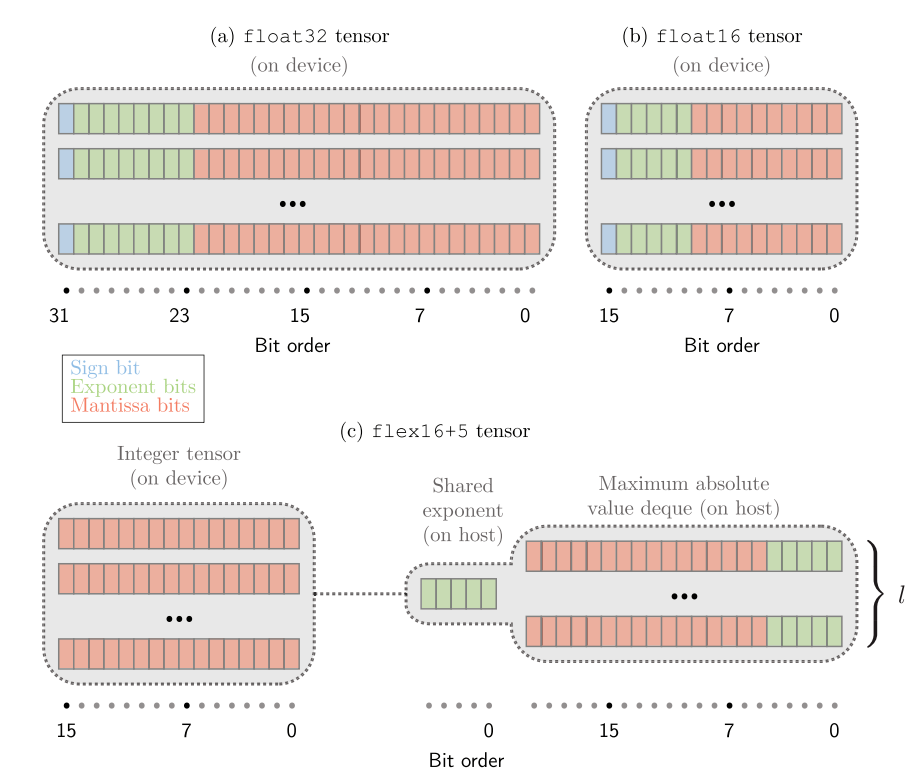

#Dx12 fp64 usage full
With a new die size of just 331mm 2, there’s plenty of room on a similar size package for additional HBM2 memory, and AMD has taken full advantage by doubling the count from 8GB to 16GB, split evenly across four stacks. The biggest changes come on the memory side, and AMD is going all-out here. If you recall that Nvidia’s RTX 2080 Ti and RTX 2080 are rated at 250W and 215W respectively (10W higher for Founders Editions), it seems clear already that even the new process won’t allow AMD to match Nvidia on efficiency. Peak frequency is exactly that, the highest you’ll see in from performance bursts, while base clock is the minimum guaranteed. The boost clock is the most relevant, defined as ‘the typical achievable frequency in common workloads’, and at 1,750MHz this is 13 percent up on Vega 64. The full ROP count of 64 is maintained, thankfully.ĬrossFire support has been ditched, however – AMD hasn’t given a reason for this, other than saying that Radeon VII still supports multi-GPU in any DX12/Vulkan titles that enable it.ĪMD targets a similar power envelope to Vega 64 at 300W, allowing it to push clock speeds higher at similar voltage levels thanks to the new smaller process node. AMD can produce this GPU with all cores enabled, as that’s what the Radeon Instinct MI60 is, but the Radeon VII’s configuration means it is instead based on the second-tier Instinct MI50.

As such the Vega 20 GPU has 64 Compute Units on-die, but in Radeon VII only 60 are enabled, leaving us with 3,840 cores and 240 texture units. For the most part this is a die shrink, so the high level core layout hasn’t changed. If you need a refresher on Vega’s architecture you can head here. Launching today for $700, since confirmed as £649 here in the UK, the Radeon VII is positioning itself against the RTX 2080, leaving RTX 2080 Ti comfortably ahead just as Vega 64 did with GTX 1080 Ti. Now this GPU – Vega 20 – is making its gaming debut in the Radeon VII. Late last year AMD made some movement in the GPU space by announcing two Radeon Instinct graphics cards, the MI60 and MI50, designed for deep learning and high-performance compute workloads and based on a new variant of its Vega GPU, which had been shrunk to 7nm (a world first for GPUs) and given some optimisations along the way. Although RX Vega 64 continues to deliver decent performance at 1440p and sometimes 4K, even at launch it was no match for Nvidia’s flagship at the time, the GTX 1080 Ti, and it has since been surpassed by the green team’s new (and expensive) RTX cards as well, now being roughly on par with the third-tier RTX 2070.

AMD has been conspicuous in its absence from the high-end GPU market of late.


 0 kommentar(er)
0 kommentar(er)
